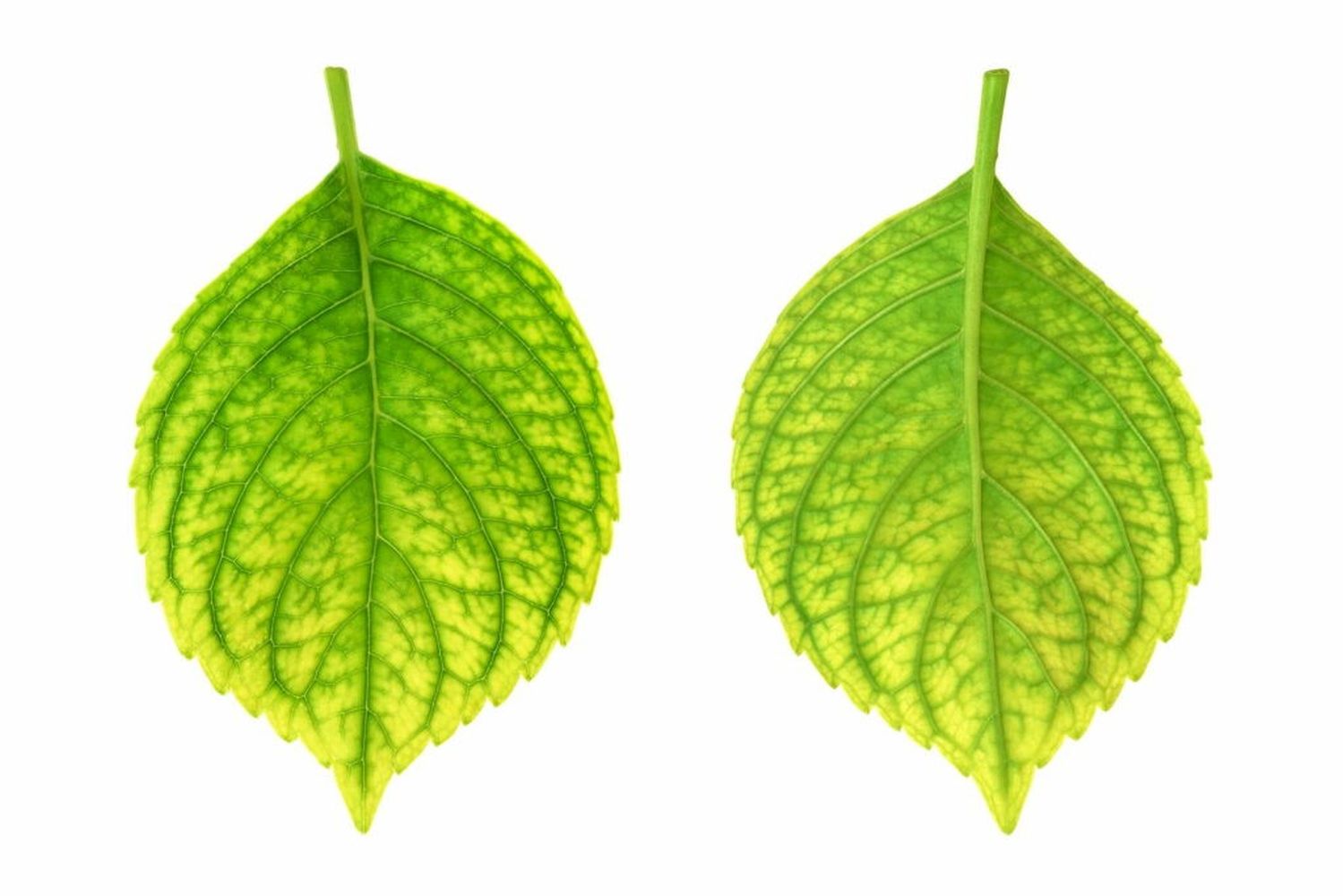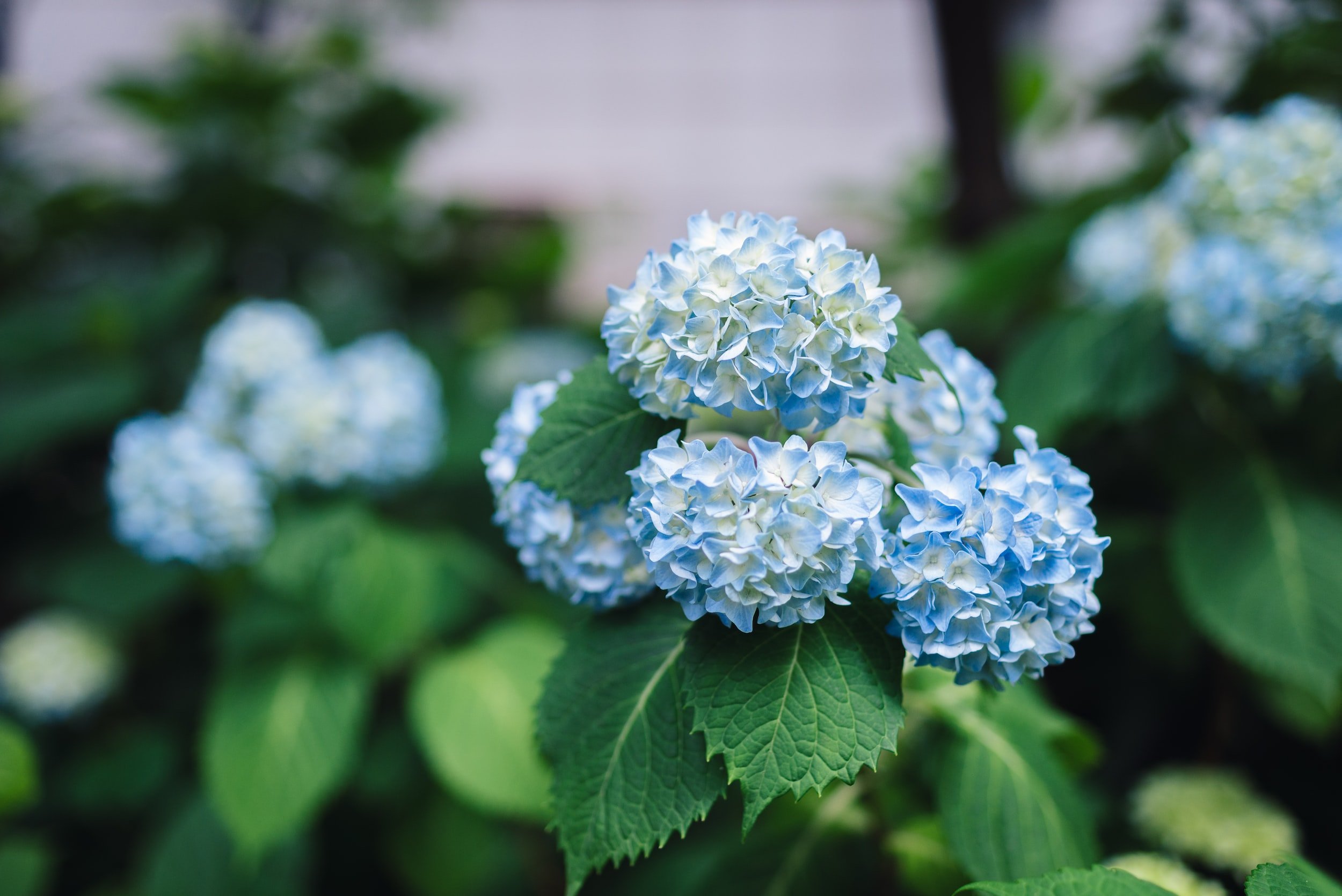The Main Principles Of Hydrangea Leaves Turning Yellow
The Main Principles Of Hydrangea Leaves Turning Yellow
Blog Article
The Single Strategy To Use For Hydrangea Leaves Turning Yellow
Table of ContentsThe Hydrangea Leaves Turning Yellow IdeasExamine This Report on Hydrangea Leaves Turning YellowAn Unbiased View of Hydrangea Leaves Turning YellowNot known Facts About Hydrangea Leaves Turning YellowHow Hydrangea Leaves Turning Yellow can Save You Time, Stress, and Money.Top Guidelines Of Hydrangea Leaves Turning Yellow
One possibility is that the plant is not getting adequate sunshine. Throughout the wintertime months, the days are much shorter, and the sun is not as intense, so see to it to position your Hydrangea in a place where it will certainly access the very least six hours of sunlight daily. An additional reason for Hydrangea yellow fallen leaves in winter months can be excessive water.Lastly, the leaves may be transforming yellow as a result of temperature anxiety. Hydrangeas like cooler temperatures, so if the plant remains in an area that gets also warm or too cool, the fallen leaves will transform yellow. If you believe temperature stress and anxiety could be the problem, try relocating your Hydrangea to a different location or shielding it from the aspects with a burlap cover.
New growth will certainly be observed in very early springtime, when you'll notice environment-friendly vegetation sprouting from stems that may have appeared dead. If your leaves are transforming brownish in springtime or summertime, there are most likely other variables at play (Hydrangea Leaves Turning Yellow). The accurate factors depend upon the selection and their growing problems, but generally, brown hydrangea leaves suggest dehydration and wilting in the warm
Hydrangea Leaves Turning Yellow - The Facts

Wilting is triggered by absence of moisture, suggesting there are a few good techniques to make use of to avoid this from occurring. Offer your hydrangeas a healthy and balanced glug of water every few days when the temperature levels are climbing up high, and treat the dirt to better preserve moisture. After sprinkling, a bit of mulch around the base of each plant should aid with this by maintaining moisture in the dirt.
This interferes with fungi spores from clearing up. "The Botrytis fungi grows in great and damp problems, so stay clear of bathing the entire plant when sprinkling and simply water at the origins," shares Roy Nicol, a Master Green thumb. If you have actually missed out on the possibility for avoidance and are managing an infection you should eliminate all dead or drastically contaminated fallen leaves from the plant and damage them to stop more spread.
Hydrangea Leaves Turning Yellow Fundamentals Explained
As a general rule of thumb, we advise eliminating leaves when they are 50% brownish or higher. While browning brought on by any type of reason can not be reversed, taking the corrective activity described above will certainly motivate the plant to grow brand-new leaves so the harmed leaves either drop off naturally or can be removed by the garden enthusiast.
Hydrangeas should be sprinkled just when the top couple of inches of dirt are dry, and need to be given a detailed soaking each time. Underwatered hydrangeas are likely to have yellow, wilting, and drooping fallen leaves.
The means you repair hydrangea leaves transforming yellow relies on the essential problem creating the yellow leaves. This can be challenging to establish, but as soon as you do you will certainly be able to change your plant treatment as necessary to care for the problem. As pointed out in the past, an her explanation usual issue with hydrangeas is nutrition deficiencies.
Little Known Facts About Hydrangea Leaves Turning Yellow.
During the top growing season, you ought to water at a price of concerning 1 inch weekly. If you are worried about not properly watering your hydrangeas, there are a pair of points you can do. Including mulch to the base of the plants over the root area aid to control the temperature around the shrub and retain water in the dirt.
You can purchase and mount straightforward watering globes. Watering worlds hold water in them and gradually release this water right into the soil as the ground ends up being completely dry. Merely load the world with water, stick the spout into the soil within the origin zone near the base of the plant, and leave it in position up until all the water is gone.
If it is too severe, some plants will never ever recoup from transplant shock and will continue to decline till they pass away. Lessen transplant shock by including as numerous roots as feasible when excavating up your plant to move it. Make certain to provide even more water than normal in the weeks complying with planting to aid your plant recuperate and grow brand-new origins.
Hydrangea Leaves Turning Yellow Can Be Fun For Everyone
To prevent spreading out fungal illness, be sure to thouroughly clean and disinfect any type of pruning tools prior to and after use. You can attempt to purge the roots with water to eliminate excess fertlizer.
Your hydrangea plant chooses well-drained, read this article wet soil. If the pot has bad drainage, or your soil is swamped, the leaves will begin to turn yellow. Overwatering makes the soil soaked (Hydrangea Leaves Turning Yellow). Swamped and soggy dirt can lead to see post stunted growth, leaf discoloration, and, worst of all, rot fungal conditions. Although over-watering can be harmful, under-watering is not a choice either.
If you don't water your hydrangea plant for more than a week, the fallen leaves will begin turning yellow. Fungal illness that assault the plants tend to show indications on the origins and the fallen leaves of the plant.
Top Guidelines Of Hydrangea Leaves Turning Yellow

Report this page